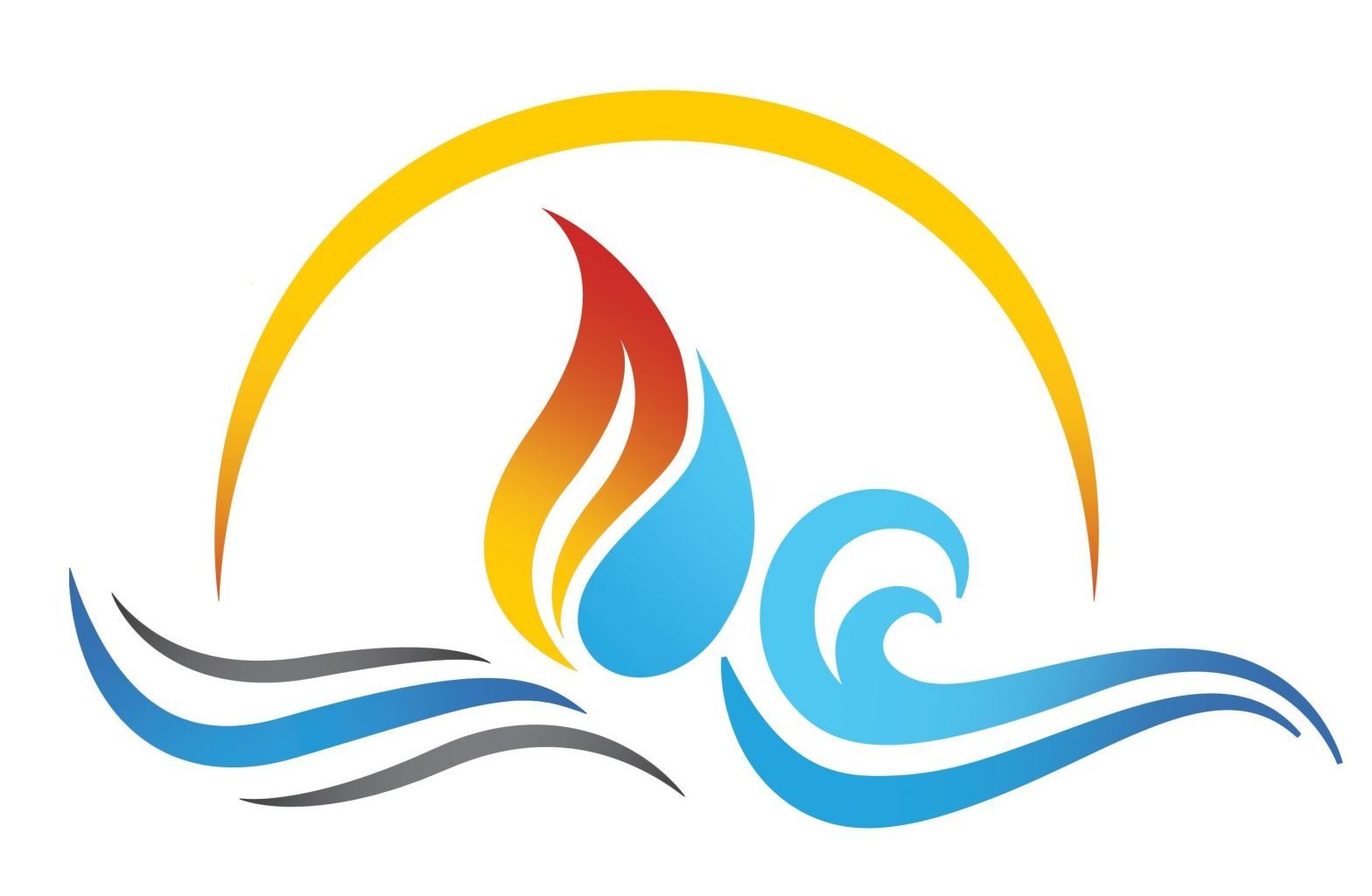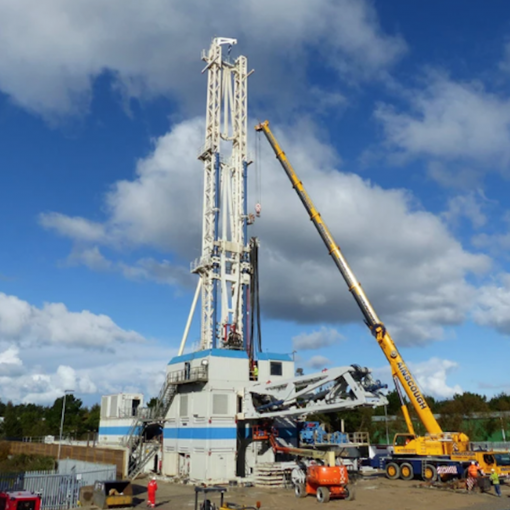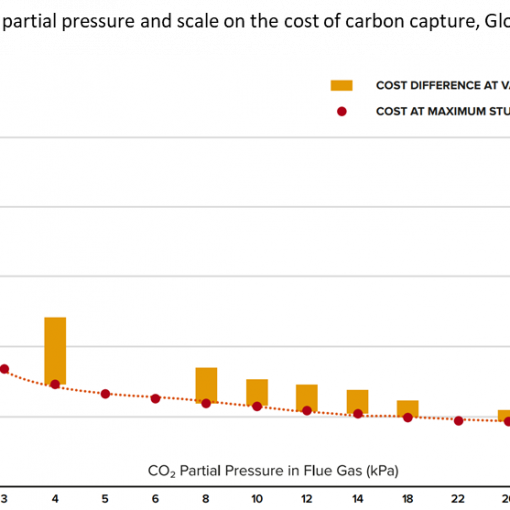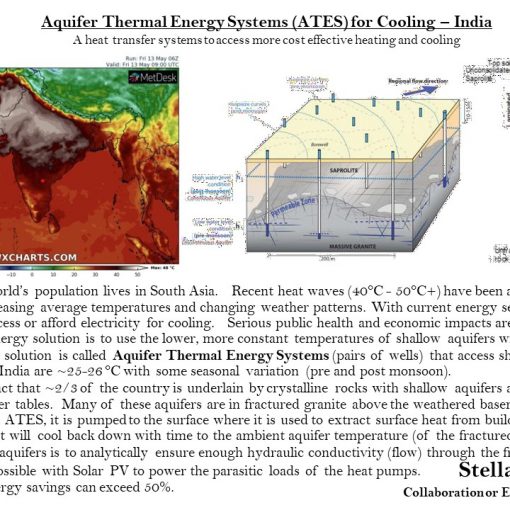Today’s post (22) Mauritania has been fortunate to find offshore hydrocarbons to add to existing mineral developments, but there are significant freshwater and energy challenges. There are geological structures with significant heat flux and good geothermal temperature gradients that offer the potential of Geothermal Energy. Hybrid renewable energy systems with a mix of Solar PV, Wind Turbines, and baseload of Geothermal Energy would be a good solution to reduce emissions and energy costs.
- Mauritania is a generally flat, desert nation with significant freshwater and energy challenges. The land is covered ~50% by sand dunes;
- The Reguibat Shield has the oldest rocks in the country and contains extensive intrusive rocks (e.g., mafic dyke swarms). It experienced significant cooling events as they were uplifted from mid-crustal to near-surface temperatures, then was heated during three major crustal exhumation events to the present day with surface heat fluxes up to 90 mW/m2;
- The Taoudeni Basin is the largest basin in NW Africa and is a result of subsidence associated with rifting at the margin of the West African Craton. A late Jurassic hydrothermal event caused significant thermal cracking of hydrocarbons and migration of water and gas. Due to heat flux, temperatures between 150-200°C are possible between 3000-4000m depths;
- The Mauritanide Belt orogeny lies on top of the crystalline basement rocks and sedimentary rocks of the Taoudeni Basin with good heat flows along fault systems above crustal thinning areas;
- One oasis zone lies along the western boundary between the Reguibat Shield and the Taoudeni Basin. Another oasis zone lies along the western boundary between the Mauritanide Belt and the Taoudeni Basin. Hot and cool springs that have flowed up fissures along fault zones in basement rocks;
- Clean, environmentally sustainable renewable Geothermal Energy is possible thanks to modern, low and medium enthalpy Binary ORC power generation solutions. Good geoscience tools are available to help incrementally explore and de-risk the areas of potentially suitable heat energy sources before more expensive drilling is required;
- Very attractive Levelised Cost of Electricity (LCOE) is commercially feasible for some developments to help improve electrification, replace aging HFO fired power plants, reduce energy poverty, and increase grid resilience for Mauritania. Good Solar PV and Wind energies offer the possibility of resilient hybrid power systems with Geothermal Energy baseload.





